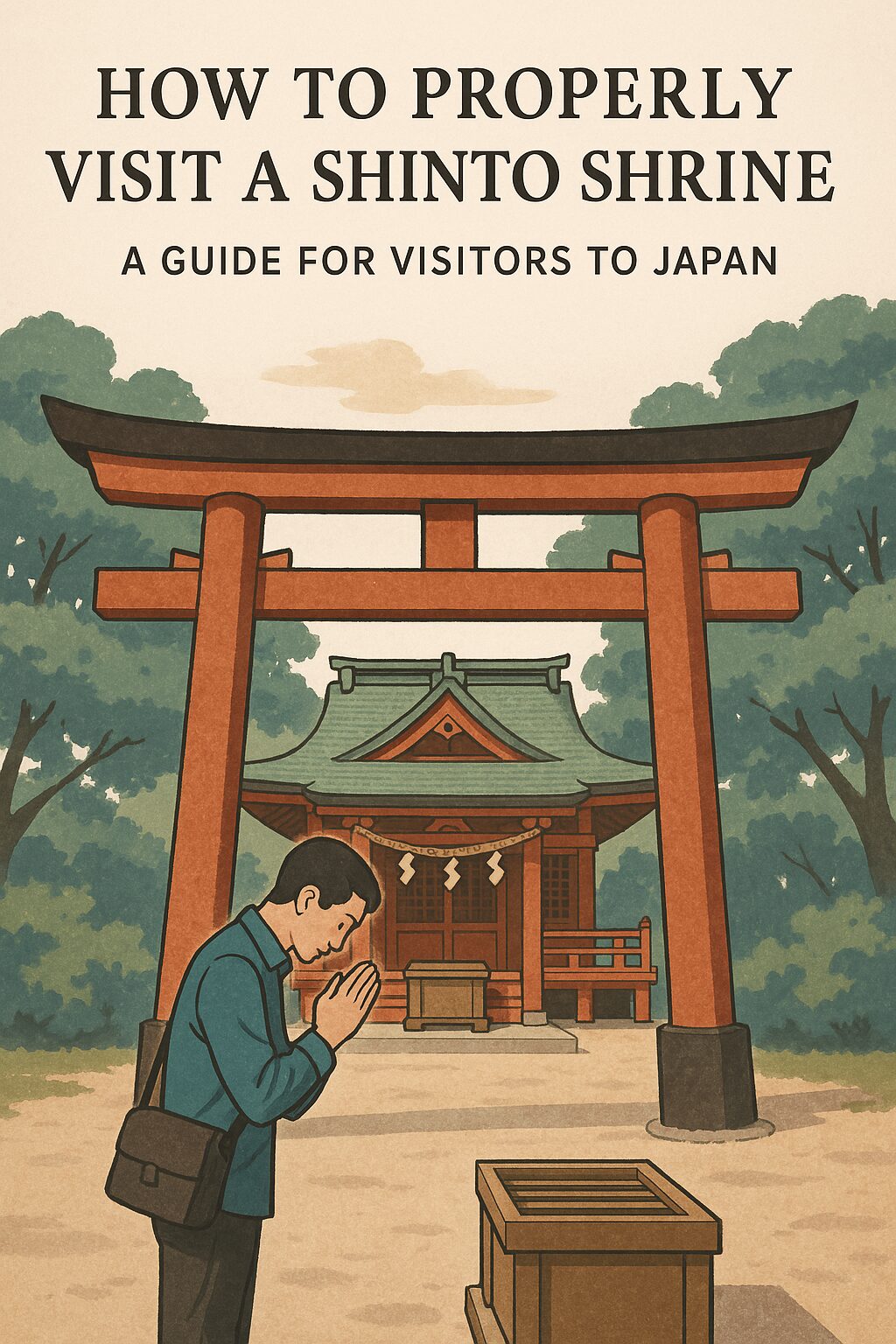Visiting a shrine in Japan is more than just sightseeing—it’s a moment to connect with centuries of reverence and spirituality. The rituals practiced there are not arbitrary; they reflect a cultural emphasis on purity, gratitude, and intention. If you’re planning to visit a Shinto shrine, understanding the etiquette can help you show respect and deepen your experience.
🌿 The Heart of Worship
In ancient Japan, it was believed that before receiving divine blessings, one must purify both body and mind. This core idea lives on through a set of rituals that shape the way shrine visits are performed today.
The standard etiquette includes:
- Two bows (reverence)
- Two claps (gratitude and connection)
- One final bow (closure and respect)
The form is important—but even more vital is the sincerity you bring to each gesture.
🚿 The Purification Ritual (Chōzu or Temizu)
Before approaching the main shrine, visitors should perform a cleansing ritual called temizu at the purification fountain (temizuya). Here’s how to do it correctly:
- Pick up the ladle with your right hand, pour water over your left hand to wash it.
- Switch hands, and pour water over your right hand.
- Switch back to the right hand, pour water into your left palm, then gently rinse your mouth (without touching the ladle to your lips).
- Rinse your left hand again, and return the ladle—clean and face down—on the rack.
This ritual isn’t just hygienic—it’s symbolic of purifying yourself before entering sacred space.
🙌 The Worship Ritual (Saihō—Two Bows, Two Claps, One Bow)
Once you’re at the offering hall (haiden), follow these respectful steps:
- Approach the shrine, straighten your posture, and bow deeply twice—bend at a 90-degree angle from the waist.
- Bring your hands together in front of your chest, slightly lower your right fingers beneath the left, and clap twice.
- This is called kashiwade, symbolizing joy, gratitude, and connection with the deity.
- Bow deeply once more, signaling your respect and completion of the prayer.
Remember, some shrines may have unique customs—it’s always a good idea to observe or ask if unsure.



コメント